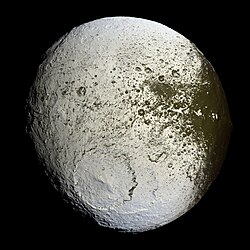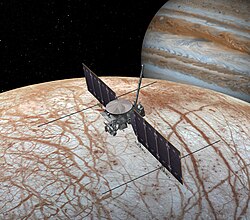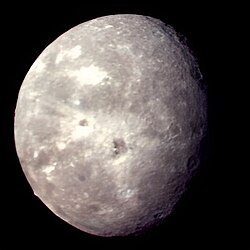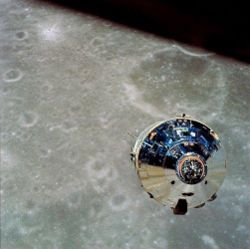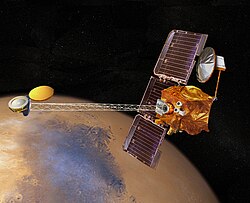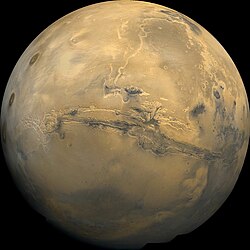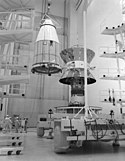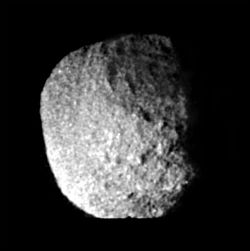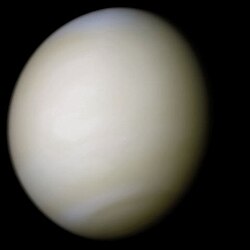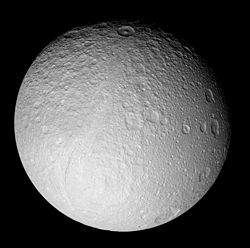Ingenuity at Two Years on Mars (PIA25881)
This is the best look the Ingenuity team has had of the rotorcraft since its first flight.
Small diodes (visible more clearly in this image of helicopter) appear as small protrusions on the top of the helicopter's solar panel. The panel and the two 4-foot (1.2-meter) counter-rotating rotors have accumulated a fine coating of dust. The metalized insulating film covering the exterior of the helicopter's fuselage appears to be intact. Ingenuity's color, 13-megapixel, horizon-facing terrain camera can be seen at the center-bottom of the fuselage.
NASA's Jet Propulsion Laboratory, which is managed for NASA by Caltech in Pasadena, California, built and manages operations of the Perseverance rover. Arizona State University leads the operations of the Mastcam-Z instrument, working in collaboration with Malin Space Science Systems in San Diego, on the design, fabrication, testing, and operation of the cameras, and in collaboration with the Niels Bohr Institute of the University of Copenhagen on the design, fabrication, and testing of the calibration targets.
The Ingenuity Mars Helicopter was built by JPL, which manages the project for NASA Headquarters. It is supported by NASA's Science Mission Directorate. NASA's Ames Research Center in California's Silicon Valley and NASA's Langley Research Center in Hampton, Virginia, provided significant flight performance analysis and technical assistance during Ingenuity's development. AeroVironment Inc., Qualcomm, and SolAero also provided design assistance and major vehicle components. Lockheed Martin Space designed and manufactured the Mars Helicopter Delivery System.
Relevante Bilder
Relevante Artikel
Liste der besuchten Körper des SonnensystemsDiese Liste enthält Himmelskörper des Sonnensystems, die von der Erde aus besucht wurden. Für jedes dieser Objekte sind alle bekannten Besuche aufgeführt, einschließlich der Flüge von „stummen“ Raumsonden, bei denen durch Bahnbestimmungen ein Erreichen des Ziels angenommen wird. Fehlgeschlagene Missionen, die sich keinem astronomischen Objekt näherten, sind nicht enthalten. Mit Ausnahme der Sonne gelten Annäherungen von weniger als 5 Millionen Kilometern als „Besuch“. .. weiterlesen


